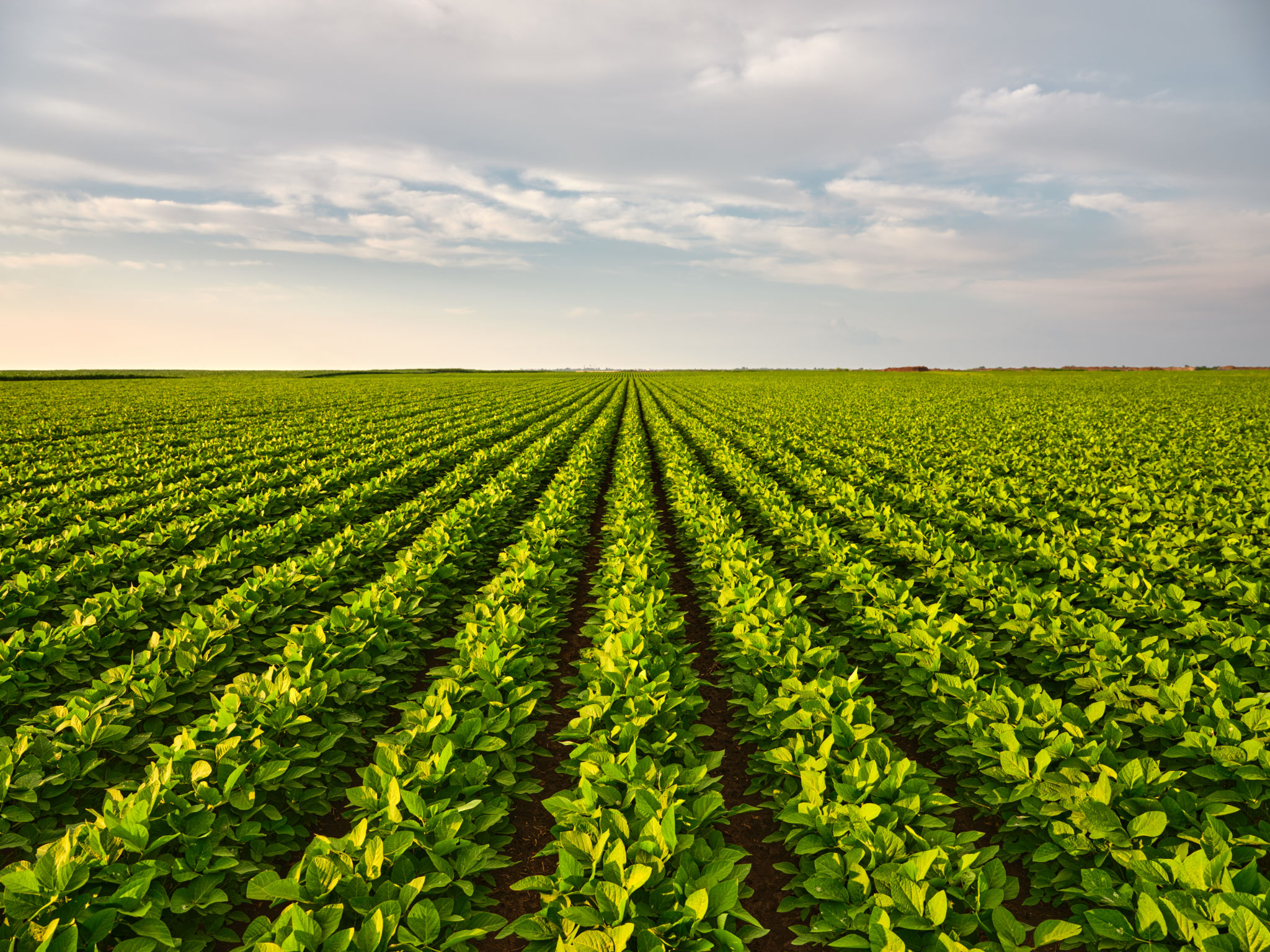DIY Tips for Starting a Regenerative Farm in Florida
Understanding Regenerative Farming
Regenerative farming is a sustainable agricultural practice focused on restoring soil health, increasing biodiversity, and improving the ecosystem. It's an ideal approach for those looking to start a farm in Florida, where the climate and soil conditions offer unique opportunities and challenges. This method prioritizes natural processes to enhance the land's productivity and resilience.
Unlike conventional farming, regenerative practices aim to create a self-sustaining ecosystem. By adopting these techniques, you can contribute to combating climate change, reducing carbon emissions, and promoting healthy food systems. Let's explore some DIY tips to help you get started on your regenerative farm journey in Florida.

Choosing the Right Location
One of the first steps in starting a regenerative farm is selecting the right location. In Florida, soil types and microclimates vary significantly. Conduct a thorough site assessment to understand the soil composition, water availability, and sunlight exposure. Opt for a site with good drainage and adequate sunlight, as these factors are crucial for crop growth and soil health.
Soil testing is essential before you begin planting. Florida's sandy soils often lack nutrients and organic matter, so you'll need to amend them to support healthy plant growth. Consider incorporating compost or other organic materials to improve soil fertility.
Building Healthy Soil
Healthy soil is the foundation of regenerative farming. Focus on practices that enhance soil structure and fertility, such as cover cropping, crop rotation, and reduced tillage. Cover crops like legumes can add nitrogen to the soil, while deep-rooted plants help break up compacted layers and improve water infiltration.

Embrace composting as a way to recycle organic waste from your farm. Compost adds vital nutrients and improves soil texture, enhancing its ability to retain moisture and support plant life. Regularly test your soil to monitor its health and adjust your management practices accordingly.
Implementing Biodiversity
Biodiversity is a key component of regenerative farming. Integrate a variety of plant species to create a resilient ecosystem that can withstand pests and diseases naturally. This diversity attracts beneficial insects, such as pollinators and predators that help control pest populations.
Mixing perennials with annuals can enhance biodiversity while providing year-round cover for the soil. Consider incorporating native plants that are well-adapted to Florida's climate, as they require less water and maintenance compared to non-native species.

Water Management Strategies
Water management is crucial in Florida's climate, where heavy rains can lead to erosion and nutrient runoff. Implementing techniques like contour farming or swales can help manage water flow and reduce erosion on your farm. These methods slow down water movement, allowing it to soak into the ground rather than run off the surface.
Consider setting up a rainwater harvesting system to collect and store water for irrigation purposes. This sustainable practice not only conserves water but also reduces your reliance on external water sources.
Creating a Community
A successful regenerative farm thrives with community involvement. Engage with local farmers, agricultural organizations, and educational institutions to share knowledge and resources. Participating in farmer's markets or community-supported agriculture (CSA) programs can also help build relationships with consumers who value sustainable practices.
By fostering a sense of community around your farm, you contribute to a broader movement towards sustainability and environmental stewardship in Florida. The journey may be challenging, but with dedication and these DIY tips, you can make a positive impact on the land and your local community.